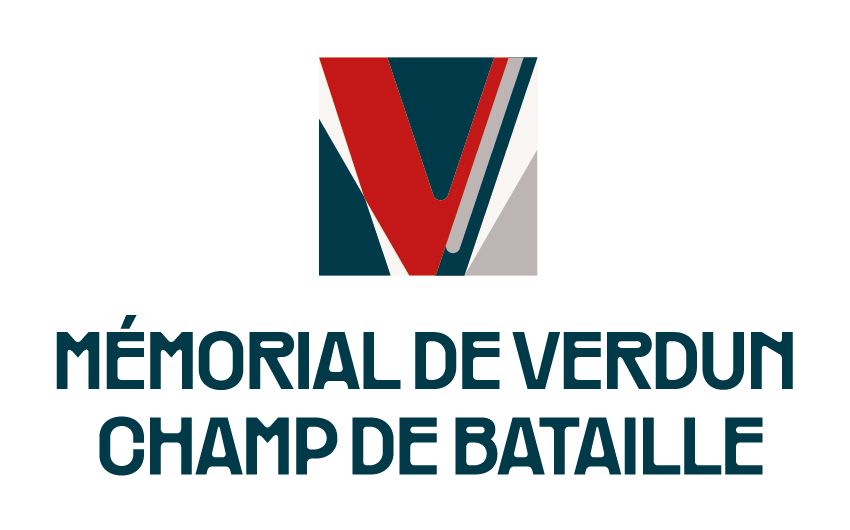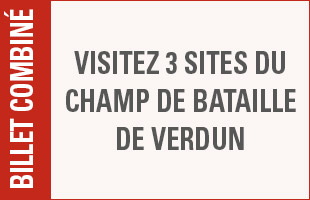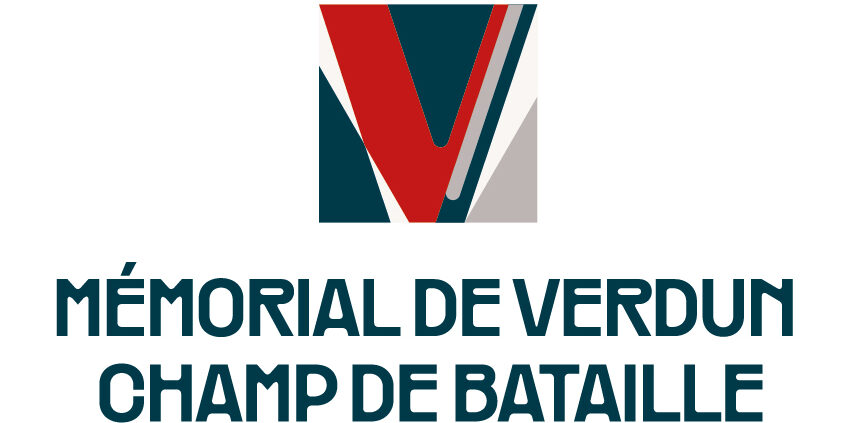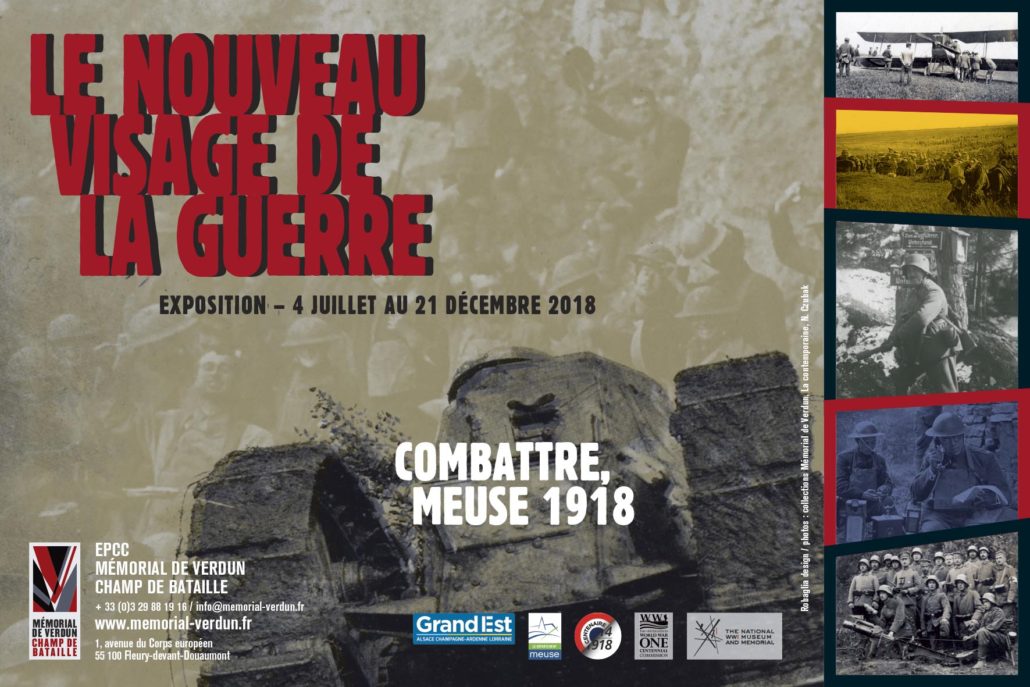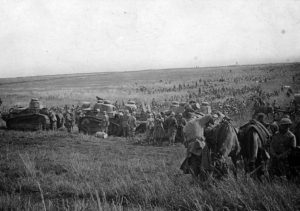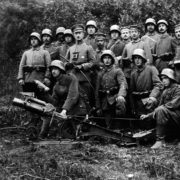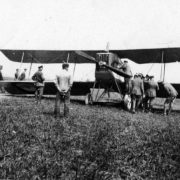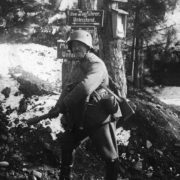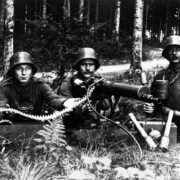The new face of war
Fighting in the Meuse, 1918
In addition to the experience they gained from battle during the early years of the First World War, the French, German and US armies made advances in weaponry and technical resources. While fire power greatly exceeded that of 1914, the need to preserve human life emerged as a major priority. And so tactical combat changed. Each army tried in its own way to adapt to the changing face of battle, through training and special equipment for soldiers and rigorous preparatory work.
This exhibition invites visitors to discover the fighting methods used by the different armies at the end of the war in the battles of Saint-Mihiel and Meuse-Argonne
In September 1918, the Saint-Mihiel salient represented a major advance for the French front line. Taking advantage of the success of the summer counter-offensives, the Americans and French wanted to press their advantage. General John J. Pershing obtained permission from Marshal Foch for the recently formed American First Army to engage for the first time in a powerful offensive. He aimed to reduce this salient with the support of French units. Aircraft, tanks and cannon converged on the battlefield in support of the infantrymen. Confronted by these forces, the German troops had already started a defensive retreat, taking lessons from their previous engagements. The battle of Saint-Mihiel, a major combined forces operation, can be seen as the start of new combat methods that would continue long into the future. Several days later, during the Meuse-Argonne offensive, these new combat methods would be severely tested by a German army that put up a staunch resistance.
Curator: Édith Desrousseaux de Medrano
Scientific advisors: François Cochet and Nicolas Czubak
Scenography: Flavio Bonuccelli
Graphics: Robaglia design
In partnership with the National WWI Museum and Memorial (Kansas City, MO, USA).
This temporary exhibition is housed on the 2nd floor of the Memorial and is open during museum opening times.
Discover other images by clicking on the thumbnails.
-
Fantassins allemands autour d’un Minenwerfer, 1918. Collection Mémorial de Verdun. /
Deutsche Infanteristen um einen Minenwerfer, 1918. Sammlung Mémorial de Verdun. / German infantrymen around a Minenwerfer, 1918. Verdun Memorial Collection.
-
Breguet XIV français capturé par les Allemands, 1918. Collection Mémorial de Verdun. /
Französische Breguet 14, die von den Deutschen beschlagnahmt wurde, 1918. Sammlung Mémorial de Verdun. / French Breguet XIV captured by the Germans, 1918. Verdun Memorial Collection.
-
Officier allemand en tenue d’assaut, 1917. Collection particulière. /
Deutscher Offizier in Tarnanzug, 1917. Privatsammlung. / German officer in battle kit, 1917. Private collection.
-
Mitrailleurs allemands, 1918. Collection Mémorial de Verdun. /
German machine-gunners, 1918.Collection Verdun Memorial. /
Deutsche Maschinengewehrschützen, 1918. Sammlung Mémorial de Verdun.
